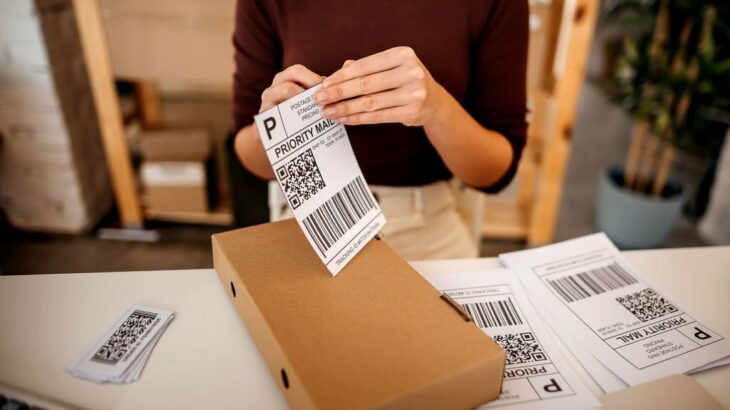In the dynamic and intricate realm of logistics, the role of labels is indispensable. Labels serve as the silent navigators, guiding packages, products, and shipments through the intricate web of the supply chain. In this article, we will delve into the various types of logistic labels that play a pivotal role in streamlining operations, enhancing visibility, and ensuring the seamless flow of goods.
- Shipping Labels: Shipping labels are fundamental in logistics, containing crucial information such as the sender’s and recipient’s addresses, tracking numbers, and other key details. These labels facilitate the accurate routing and delivery of packages.
- Barcode Labels: Barcode labels are the backbone of modern logistics, providing a quick and efficient means of tracking and identifying items. They significantly enhance accuracy in inventory management and order fulfillment processes.
- Destination Labels: Destination labels specify the final delivery location for a package. They ensure that the package is routed correctly and reaches its intended destination without unnecessary detours.
- Handling Labels: Labels indicating special handling requirements, such as fragile, perishable, or hazardous, are crucial for ensuring that items are treated appropriately throughout the shipping and handling process.
- Return Labels: Return labels simplify the returns process for both customers and businesses. They include instructions for returning a product and assist in efficient reverse logistics.
- Packing List Labels: These labels typically accompany shipments and provide a concise summary of the contents, aiding in quick verification and cross-referencing during the receiving process.
- RFID Tags: Radio-Frequency Identification (RFID) tags offer a wireless alternative to traditional barcodes. RFID technology allows for real-time tracking and provides a more efficient way to manage and locate items within the supply chain.
- Sequential Number Labels: Sequential number labels are often used for inventory control and traceability. Each item is assigned a unique sequential number, enabling easy identification and monitoring.
- Temperature-Sensitive Labels: Especially crucial in industries like pharmaceuticals and food, temperature-sensitive labels monitor and indicate if a product has been exposed to unfavorable temperature conditions during transit.
- QR Code Labels: Quick Response (QR) code labels contain information that can be quickly scanned by smartphones or dedicated scanners. They are used for various purposes, including marketing, product information, and inventory management.
- Compliance Labels: Compliance labels ensure that shipments adhere to specific regulatory requirements and standards. This is particularly important in industries with stringent regulations, such as healthcare and chemicals.
- Tamper-Evident Labels: These labels are designed to show visible signs of tampering, providing an added layer of security for high-value or sensitive shipments.
Conclusion
The world of logistics labels is diverse and multifaceted. Each type serves a specific purpose, contributing to the overall efficiency and reliability of the supply chain. Understanding the nuances of these labels is crucial for businesses aiming to optimize their logistics operations and deliver an exceptional customer experience.
